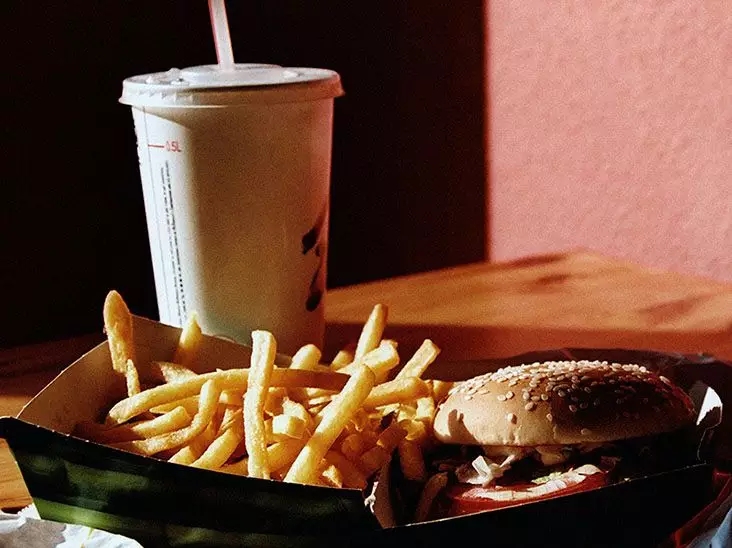Rybelsus, the first oral GLP-1 receptor agonist approved for treating type 2 diabetes, is revolutionizing how patients manage this condition. However, effective use of Rybelsus requires careful consideration of dietary habits and adherence to prescribed guidelines. This article delves into the critical aspects of Rybelsus, focusing on the interactions between this medication and food, strategies for optimizing its benefits, and the importance of dietary choices in managing diabetes.
Patients are strongly advised to take Rybelsus on an empty stomach. The optimal time is early in the morning, with a glass of water—ideally no more than four ounces—to assist with swallowing the tablet. After ingesting Rybelsus, it’s crucial that patients refrain from consuming food or drink for at least 30 minutes. This waiting period is essential because any food or beverage can interfere with the medication’s absorption rate, potentially lowering the drug’s effectiveness. In practical terms, this means that patients should strategically plan their mornings to accommodate their medication schedule, allowing for an empty stomach for a few hours prior to taking the dose.
Diet plays a significant role in managing blood sugar levels for those with diabetes, and understanding which foods to limit can be vital for patients taking Rybelsus. Foods high in refined carbohydrates, such as white bread, pastries, soda, and processed snacks, are particularly problematic. These foods can cause rapid spikes in blood glucose, interfering with Rybelsus’s effectiveness. On the other hand, incorporating complex carbohydrates—found in whole grains, legumes, and vegetables—into meals is recommended, as they are digested more slowly and have a gentler impact on blood sugar.
In addition to carbohydrates, patients should also be mindful of their saturated fat intake. The American Diabetes Association underscores the importance of limiting saturated fats, which are prevalent in fatty meats and certain dairy products. Regular consumption of high-saturated fat foods can not only worsen blood sugar control but may also elevate the risk of cardiovascular disease. Thus, choosing lean protein sources and low-fat dairy options can help in managing diabetes and maintaining overall health.
One aspect of Rybelsus that patients must be aware of is its potential side effects. Common digestive issues—ranging from nausea and vomiting to diarrhea—are well-documented. These side effects occur because Rybelsus works by delaying gastric emptying, a mechanism that can disrupt normal digestive processes. To mitigate these symptoms, patients are encouraged to avoid overly spicy foods, greasy items, and those high in sugar. Being strategic about food choices not only helps in managing side effects but can also support overall treatment efficacy.
Consulting with healthcare providers about any persistent or severe side effects is key to finding solutions. Tailoring dietary habits to accommodate these reactions can significantly enhance a patient’s experience while taking Rybelsus.
To maximize the therapeutic effects of Rybelsus, practical recommendations include:
1. **Meal Planning**: Create detailed meal plans that incorporate time for medication dosing. Sticking to a consistent routine can help optimize blood sugar control.
2. **Hydration**: Staying well-hydrated is vital, but timing is also important. After the initial 30-minute waiting period post-medication, patients should ensure they consume adequate fluids to support kidney function and overall health.
3. **Regular Check-ins**: Patients should maintain open communication with their healthcare professionals. Discussing progress, dietary habits, and any side effects can lead to more informed adjustments in personalized care.
4. **Keeping a Food Diary**: Tracking meals and corresponding blood sugar levels can yield valuable insights into how different foods affect individual responses to Rybelsus.
While Rybelsus is a powerful tool in managing type 2 diabetes, it is not a standalone solution. Integrating this medication with a comprehensive approach that includes dietary diligence and lifestyle changes is crucial for achieving sustained blood glucose control and overall well-being. As research continues to evolve, further guidance on optimizing Rybelsus treatments will undoubtedly emerge. Patients must feel empowered to take charge of their health in conjunction with their healthcare teams, ensuring they make informed decisions about their treatments and dietary choices.

